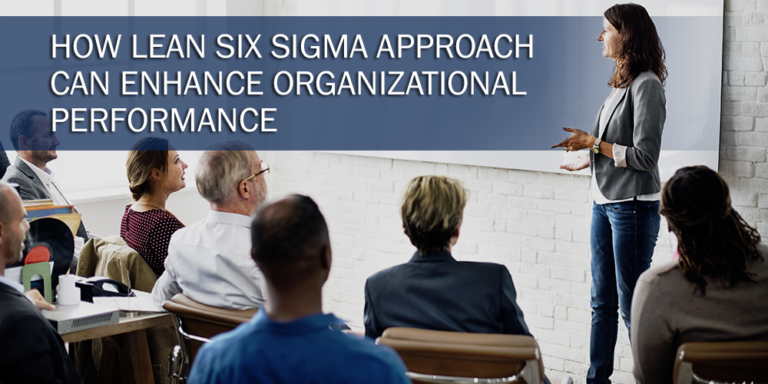Lean Six Sigma is a business improvement approach with roots in the manufacturing and service industries. It became a widely-adopted methodology partly due to the success of either or both the Lean Method or Six Sigma in famous companies like GE and Motorola, with many organizations across numerous industries wanting to replicate the results. The widespread adoption has also resulted in a number of trainings and certification programs available in Six Sigma Philippines.
The Lean Six Sigma methodology combines Six Sigma methods and tools with the Lean Method to minimize defects, reduce waste of resources, and improve quality in production and organizational processes. Lean Six Sigma certification trainings have various levels, as previously discussed in this infographic.
What you'll find in this article
Six Sigma and the Lean Method
Six Sigma is a measurement-based approach that heavily relies on customer insight, as well as application of data and statistics to improve business processes. On the other hand, the Lean Method is a set of techniques and tools that aims to eliminate waste in any business process.
“Lean when combined with Six Sigma’s aggressive drive to consistently meet customer needs, reduce variation and promote process stabilization, provides a powerful means by which organizations can improve,” said Dr. Andy Slaney, Lean Six Sigma Master Black Belt, in an article about organizational improvement.
When applied correctly, Lean Six Sigma can enhance the organizational structure, project approaches, and employee engagement.
Improvement in Organizational Structure
In general, individuals coming from a Lean Six Sigma training gain a new perspective on being customer-focused, how much waste there is within the organization, and how they can contribute to the organization’s success.
Lean Six Sigma programs are often unique to the needs of every organization, with typically a number of ‘belt’ or level types in deployment. The amount of training and belt are defined by the role expected to be performed in the company. Below are common examples:
- Black Belt – 160 hours of training on statistical data analysis, leadership, project management, and designed experiments
- Green Belt – 100 hours of training on basic statistics data analysis and a focus on team problem-solving
- Yellow Belt – 40 hours of training on the basics of Lean Six Sigma methods and tools
- White Belt – 4 hours of training on understanding the application of process improvement and Lean Six Sigma jargon
Enhancing Project Approaches
Organizations often have project-based methods and templates in place. Lean Six Sigma teaches a practical approach to problem solving and continuous improvement for higher customer satisfaction and minimal waste of resources.
Lean Six Sigma trainees are taught the five phases in the Six Sigma DMAIC methodology, namely:
- Defining the problem;
- Measuring the current state using data;
- Analyzing the root causes;
- Improving and address process issues and validate improvements; and
- Controlling the process long term to maintain the gains.
Additionally, trainees will also learn about the lean manufacturing wastes, which have universal application to any organization. Abbreviated as DOWNTIME, the eight wastes are defects, overproduction, waiting, non-utilized talent, transportation, inventory, motion, and excess processing.
Increasing Employee Engagement
Lean Six Sigma emphasizes that engaged employees are the most important asset of any organization. It’s collaborative and inclusive nature empowers people by promoting ownership of issues and encourages everyone’s involvement at some level.
By placing focus on the processes, all team members are encouraged to solve problems, continually look for areas for improvement, and never blame others for organizational shortcomings.
Lean Six Sigma training is available to any individual from any industry. Whether you’re an engineer, a quality analyst, a project manager, or any professional interested in improving your organization’s performance, obtaining a Lean Six Sigma designation is key.


